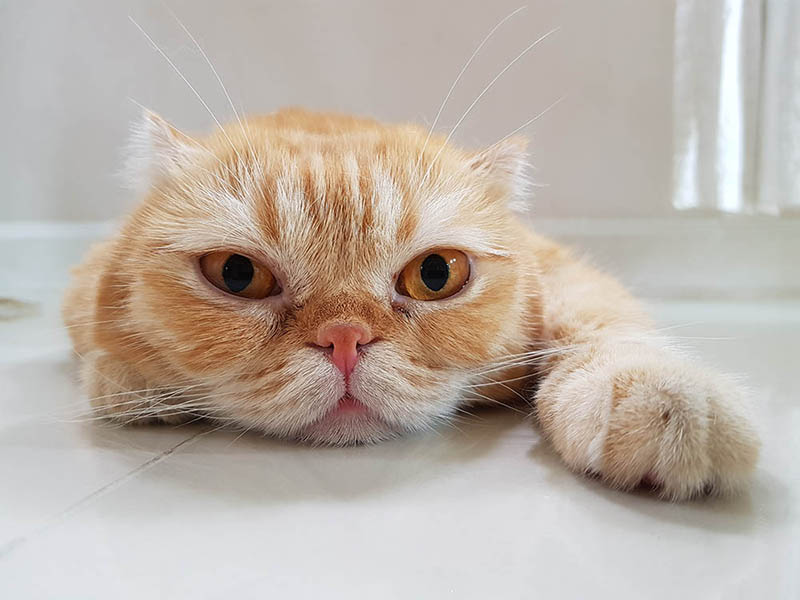
Along with the tail and eyes, a cat’s ears are one of the most expressive areas of your feline friend’s body. With 32 muscles in each ear, a cat can swivel, turn, direct, and independently move its ears. They move their ears to pinpoint the source of the noise, but you can also tell a lot about a cat’s emotions about the position of their ears.
In particular, if a cat’s ears are pinned back, it is usually a sign of aggression, fear, or anger. It is important to remember that all cats are different, however, and whether you’re trying to read its ears or its tail position, you need to consider the context. Determine how your cat is acting, what it was doing to cause the movement in its body part, and its surroundings.
Read on for more details about why your cat has its ears back and what other ear positions might indicate from your feline friend.
The 4 Reasons Why Cats Put Their Ears Back
1. Angry
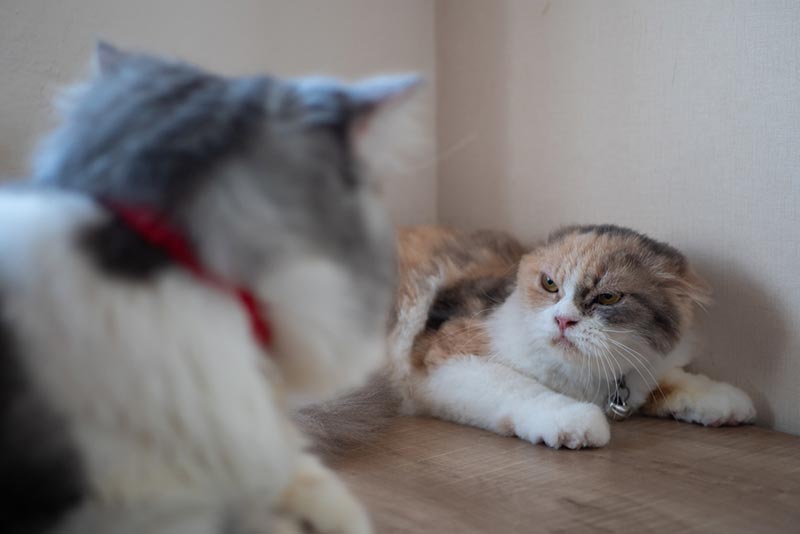
One of the most common reasons for a cat with ears back is because it is angry. If the action that is causing anger continues, it can lead to the cause of the action getting scratched or bitten. So if it is you that is making your cat angry, flattened ears are a good sign that it might be time to stop doing whatever you’re doing.
2. Fighting
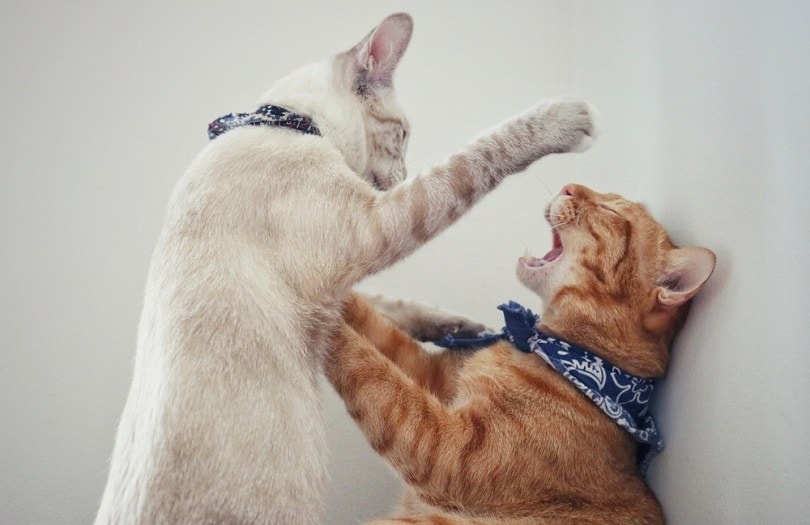
A cat’s ears are incredibly sensitive and highly efficient, but they also protrude from the head. They’re sensitive and are in the firing line when they get in a fight. As such, cats will hold their ears back and against their head to keep them out of harm’s way and prevent them from getting scratched or bitten.
3. Scared
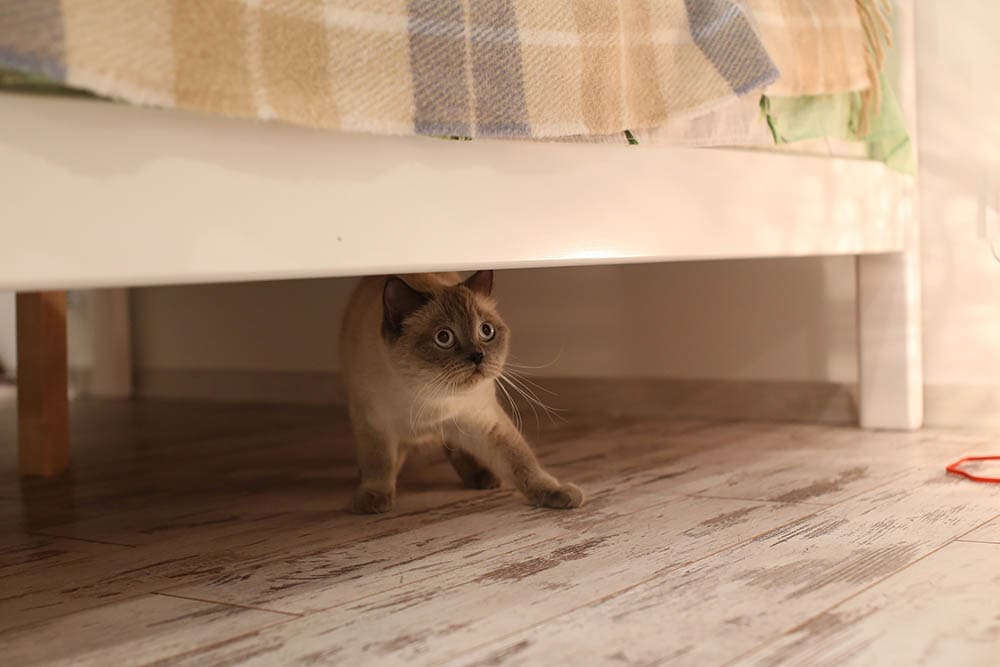
When the fight or flight response kicks in, your cat’s ears will likely pin back. This is either because she is about to get in a fight and wants to keep them out of the way or it is to be more streamlined and allow them to run quicker. Your cat could also pin their ears back before running to protect them from damage.
4. Playing
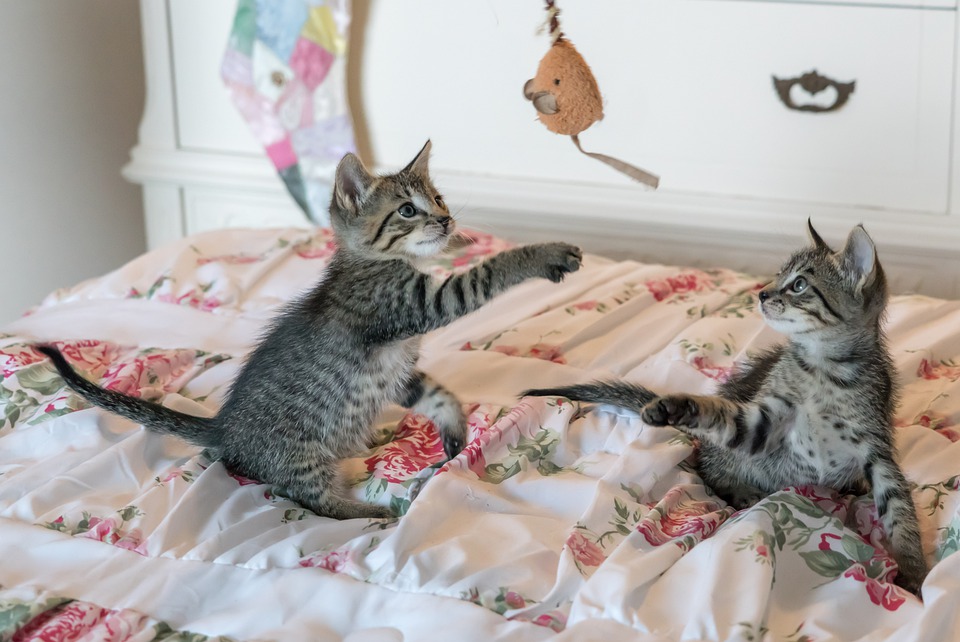
When cats play, they mimic many of the motions and movements that they would exhibit during real fights. They use playtime as a means of practicing and honing their skills, so it stands to reason that they pin their ears back when play fighting because they would do this during a real fight. Even a play bite or scratch to the ears could hurt, so it is yet another time when your cat needs to defend their sensitive ears.
Regular play sessions can help your cat stay happy and healthy. Why not start the play with a fun toy like Hepper's Catnip Stick Toy? These sturdy toys are double-bagged, bite-proof, and filled with 100% organic catnip. Choose your favorite pastel color and treat your cat to hours of fun!
At Pet Keen, we've admired Hepper for many years, and decided to take a controlling ownership interest so that we could benefit from the outstanding designs of this cool cat company!
 Why Do Cats’ Ears Go Back When Playing?
Why Do Cats’ Ears Go Back When Playing?
When cats play with other cats, or when they play with dogs or even people, they mimic a lot of the motions and actions that they would take in a real fight. This is why it can be difficult to tell whether two cats are playing or whether they are really getting aggressive with one another. Because your cat would pin their ears back in a real fight, they do the same thing when playing too.
Other Ear Positions & What They Mean
Ear position can seem somewhat random, but once you start concentrating on your cat’s ear position and really paying attention, you may notice they adopt certain ear positions depending on what is happening in their surroundings.
 Conclusion
Conclusion
Cats’ ears can be extremely expressive. When taken in context, their position can alert you to your cat’s current state of mind. A natural position means the cat is relaxed and comfortable, while upright ears mean it is concentrating.
When the ears go back, it usually means that your cat is scared, aggressive, or angry, although some cats will mimic this position when they are play fighting or playing, too.
Featured Image Credit: Nana Trongratanawong, Shutterstock



 Conclusion
Conclusion



